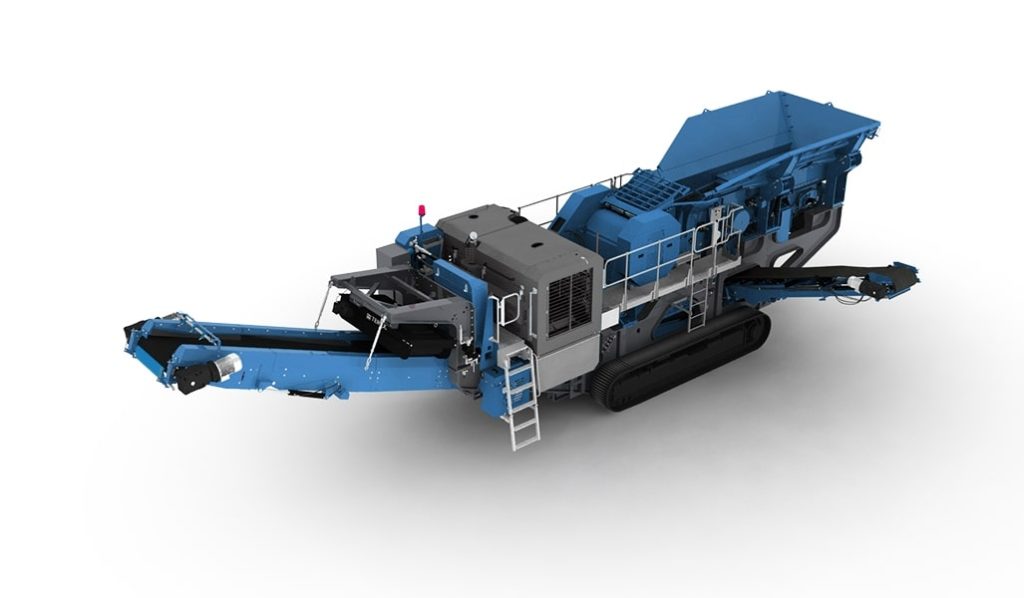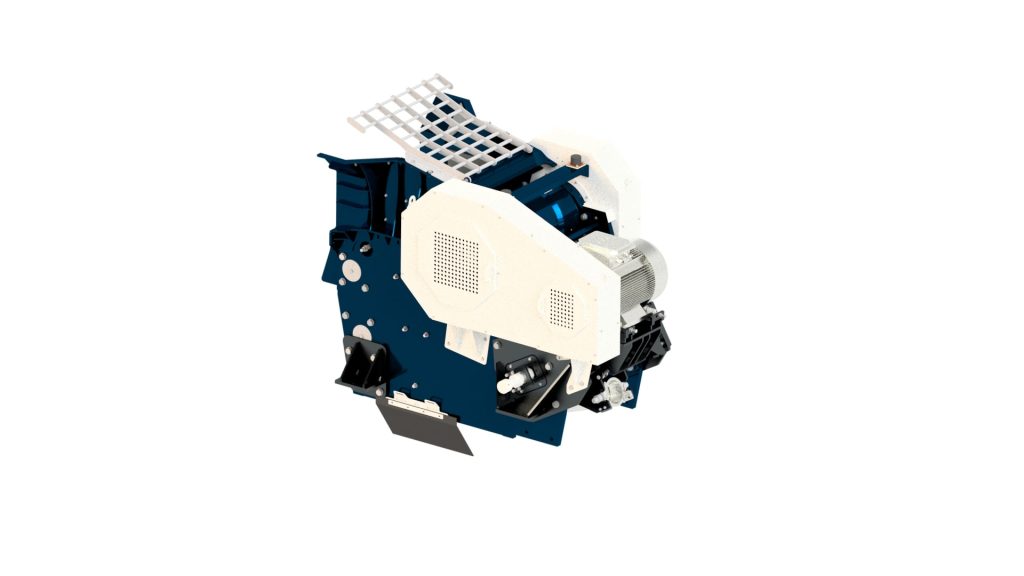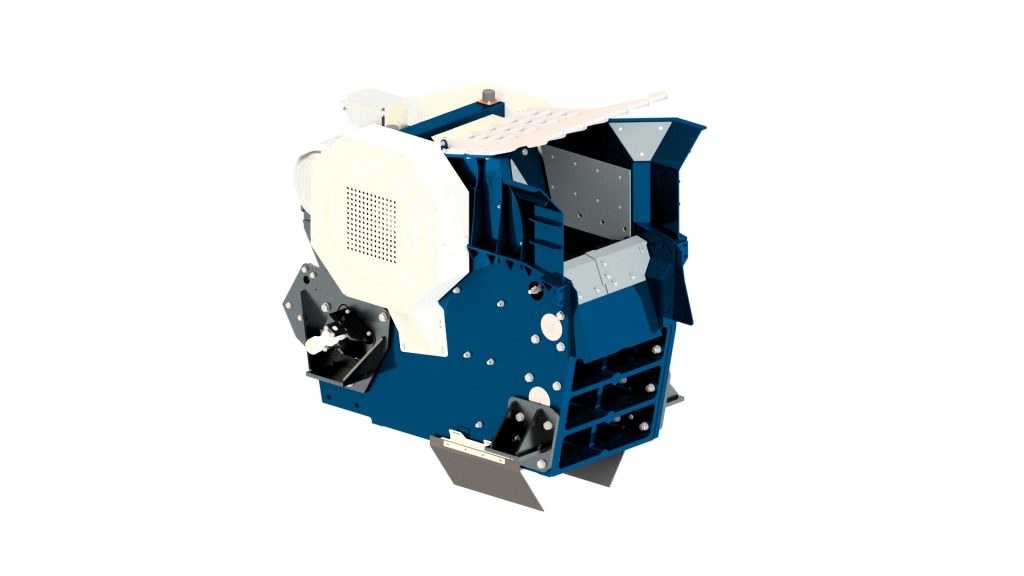- Mon - Fri 9am - 6pm
- Saray Mahallesi, 687. Cadde No: 16/E, 06980 Ankara / TURKEY
- info@caracaleng.com
- +90 312 911 80 00

Mobile Jaw Crusher
A mobile jaw crusher typically consists of a jaw crusher, a feeder, a vibrating screen, conveyor belts, and a power unit. Its portability enables it to be transported to various locations and used for different operations. These types of crushers are usually used for breaking large stones into smaller pieces, and the crushing process occurs through pressure between the jaw plates. Mobile jaw crushers are preferred when portable crushing solutions are needed in places like mining and construction projects. These types of crushers are used to process materials on-site, turning them into smaller-sized pieces so that the material can be used for other processes later on.
What is Jaw Crusher?
A jaw crusher is a type of primary crusher used in crushing applications where large chunks of rocks or ore need to be reduced into smaller pieces. It consists of a fixed jaw plate and a movable jaw plate, with the material being crushed between them. The movable jaw moves back and forth against the fixed jaw, crushing the material to the desired size. This are commonly used in mining, metallurgy, construction, road building, and chemical industries for primary crushing of a variety of materials, including rock, ore, concrete, and asphalt.
Why choose jaw crusher?
There are several compelling reasons to choose a jaw for crushing needs. First and foremost is its versatility. This are adept at handling various materials, including hard rocks, ores, concrete, and asphalt, making them suitable for a wide range of applications. Additionally, they boast a high capacity, capable of processing large volumes of material efficiently.

The working principle of a jaw crusher is based on the reciprocating movement of the movable jaw plate against the fixed jaw plate. As the material enters the crushing chamber, it is gripped and crushed between the jaws. The movable jaw moves back and forth towards the fixed jaw, exerting pressure on the material to crush it into smaller pieces.
What is a jaw crushers used for?
The jaw crusher is primarily used in the mining and construction industries to crush large rocks, ores, concrete or asphalt into smaller, more manageable sizes. It works by applying compression force where the material is fed into the crushing chamber between a fixed jaw plate and a movable jaw plate. As the jaws come together, the material is broken and thrown out of the bottom of the crusher. This are essential for the initial stage of material processing and serve as the primary crusher in many crushing circuits. It is also used in recycling applications to crush construction and demolition waste for reuse in various projects. Please contact us for detailed information
Areas where jaw crusher is used?
Jaw crushers find extensive use across various industries where the crushing of hard materials is essential. They are commonly employed in the mining sector for primary crushing of ores and minerals extracted from the earth. In construction, this are indispensable for breaking down concrete, asphalt, and other construction materials into smaller, manageable sizes for reuse or disposal. Quarrying operations heavily rely on this are to fragment large rocks into smaller pieces suitable for further processing. Additionally, in demolition and recycling activities, this are play a crucial role in crushing structures and demolition waste into reusable materials for recycling purposes.

What materials can mobile jaw crushers process?
This are used to break up hard rocks and moist ores of all kinds, but are not suitable for muddy applications. In eccentric jaw crushers, the jaw facilitates the downward movement of the ore, though these kinds of crushers are not recommended for crushing ores with high abrasive properties, as in addition to the compression force, the shear force provided by the horizontal movement of the jaw is also effective. In the jaw crushers in which compression force is applied, the internal stresses that occur in the rock to be broken during the crushing process are also observed in the crushed rock.
-Hopper capacity: 9m³ (11.7yd³)
-Feed height VGF: 3.98m (12’ 11”)
-Feed width at rear VGF: 2.67m (8’ 9”)
-Hydraulically folding sides and rear
-Belt Width: 650mm (26”)
-Working Angle: 22°
-Hydraulically folds for transport
-Standard Discharge Height: 2.1m (7’)
-Stockpile capacity: 13.8m3 (18yd3) @ 40°
-Chamber single toggle jaw crusher Inlet width: 1070mm (42”)
-Inlet gap: 760mm (30”)
-Under jaw clearance: 460mm nominal
-Full hydraulic closed side setting adjust
-Belt Width: 750mm (30”)
-Drive: Hydraulic
-Belt Width: 1m (40”)
-Discharge Height: 3.6m (11’ 10”) with standard conveyor
-Stockpile capacity: 69.4m3 (90.8yd3) @ 40°
- Home
- About Us
- Equipments
- Contact Us
